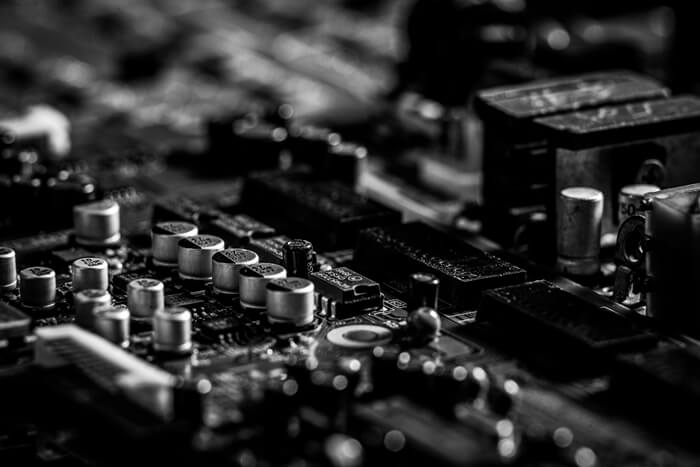What is Cache Memory?
November 23, 2023

Cache memory is a critical aspect of computer architecture, enhancing the efficiency and performance of computers. Here’s a deep dive into its workings, types, and importance.
- Definition: Cache memory is a small-sized type of volatile computer memory that provides high-speed data access to a processor and stores frequently used computer programs, applications, and data.
- Purpose: It acts as a buffer between the CPU and the main memory, speeding up data access and processing.
How Cache Memory Works
- Data Storage and Retrieval: When a CPU needs to access data, it first checks the cache memory. If the required data is found (a cache hit), it is read directly from the cache, which is much faster than reading from the main memory. If the data is not in the cache (a cache miss), it is fetched from the main memory and also stored in the cache for future access.
- Operation Speed: Cache memory operates at a higher speed than main memory, facilitating faster data access and processing.
Types of Cache Memory
- Level 1 (L1) Cache: Integrated into the processor chip, L1 cache is the fastest and smallest cache memory, used for storing instructions and data immediately required by the CPU.
- Level 2 (L2) Cache: Larger than L1, L2 cache is slower but still faster than main memory. It is either built into the processor or situated on a separate chip close to the CPU.
- Level 3 (L3) Cache: Slower and larger than L1 and L2, L3 cache is shared by all the cores of a multi-core processor, storing data used by multiple cores.
Importance of Cache Memory
- Speeds Up Data Access: By storing frequently accessed data, cache memory significantly reduces data access time.
- Enhances Processing Efficiency: It improves the overall processing speed and efficiency of a computer.
- Balances System Performance: Helps bridge the speed gap between the fast processor and the slower main memory.
Cache Memory in Modern Computing
- Multitasking: Enables efficient multitasking by allowing quicker access to data and applications.
- Advanced Applications: Vital for running advanced applications and processing large datasets quickly.
- Evolution: Continues to evolve with advancements in CPU design, becoming more efficient and larger to meet modern computing demands.
Key Terms and Related Concepts
- Volatile Memory: Cache memory is a type of volatile memory, meaning it loses its contents when the power is turned off.
- SRAM vs. DRAM: Cache memory typically uses Static RAM (SRAM), which is faster but more expensive than Dynamic RAM (DRAM) used in main memory.
- Latency: The time taken by the cache memory to respond to a CPU request.
- Cache Coherence: Ensures that changes in one cache are propagated to other caches in a multi-core system.

